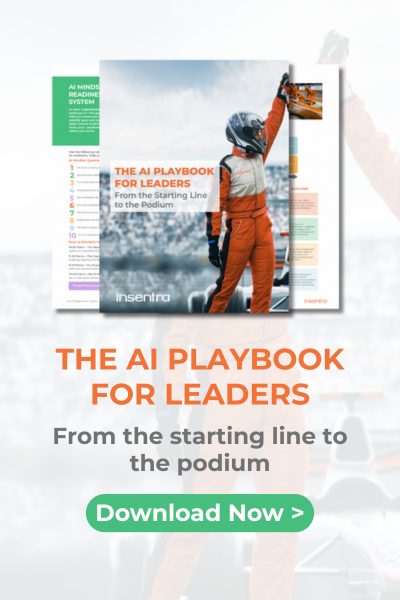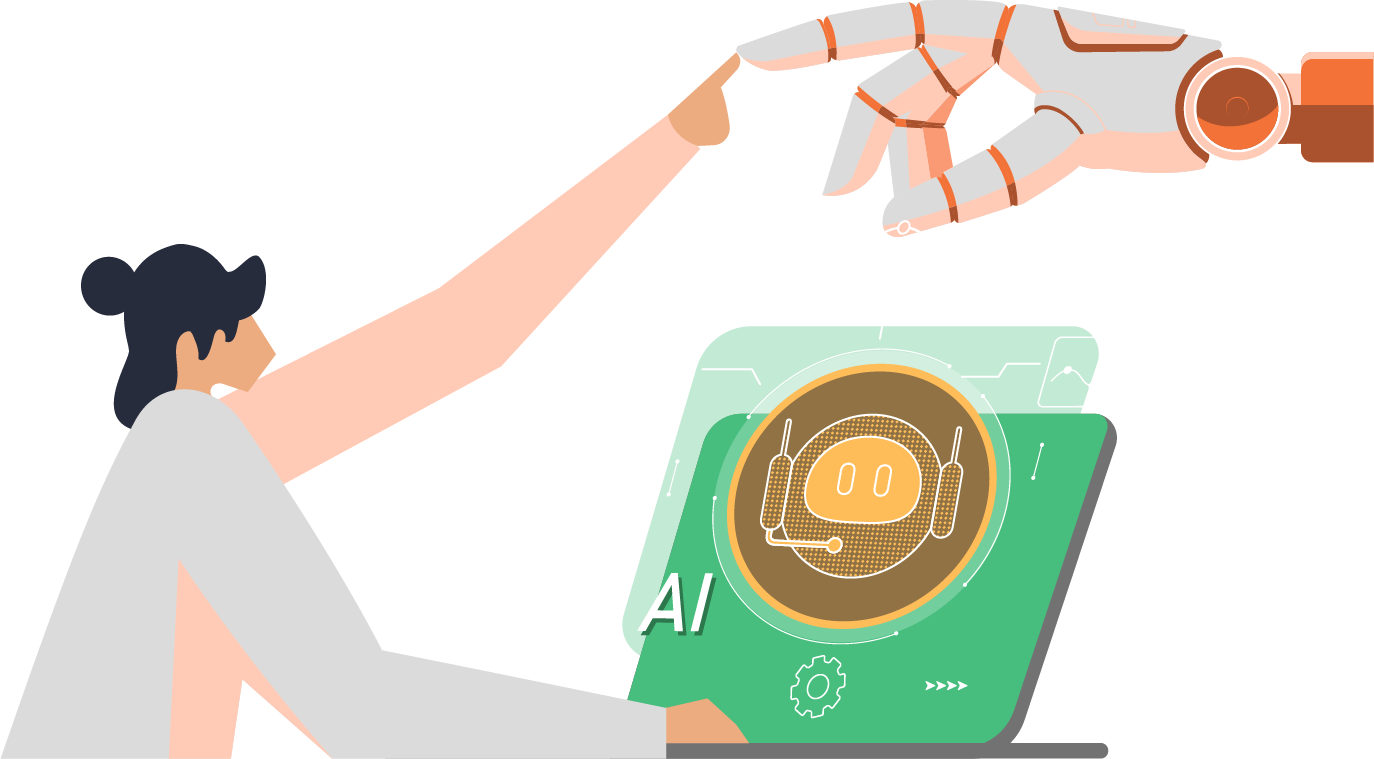Recently, one of our migration projects faced some challenges in the hours and days following a planned migration cutover. As end users raised issues and concerns internally, it became clear that the feedback was becoming somewhat skewed, leading to the lines of communication becoming disrupted and confused. Because they did not have a good understanding of what the ‘real’ problems were, troubleshooting and conflict resolution become more difficult.
The project team decided it would be valuable to have someone attend the customer office to gain a better understanding of the situation. This would enable them to regain ownership of the project, prioritise what the issues and impacts were and to reassure the customer and their end users that their challenges were being managed effectively.
So, I was asked if I could attend the customers office. At first, I thought how can I help here? I haven’t been a part of this project, so I’m not fully aware of what we are delivering for the customer. But I soon realised I didn’t need to know that detail, as what was required from me was something entirely different. It was an opportunity to showcase the importance of effective communication, address end user frustrations and expectations and focus on the customer engagement to achieve successful outcomes.
It’s important not to underestimate the value of getting a new perspective from a fresh pair of eyes. Everyone involved in the project will have their own priority areas, worries and focus. As a project progresses, this can result in small issues being blown up or blind spots that cover up what really matters. A fresh, unbiased perspective is essential to ensure the migration stays on the right track.
In this blog, I will explain how this case emphasises the importance of prioritisation, managing difficult situations and good communication in adoption and change management.
PRIORITISATION
My first personal priority was to make sure I arrived at the customer’s office nice and early. It’s been said people make their first impression of you within the first seven seconds of meeting. So, with that, I wanted to be early and “ready” for the day ahead without hurtling through the door having run from the train station out of breath.
My initial intentions were to allow myself the time to assess what the project deliverables were and to give myself a chance to understand the issues or challenges that the customer was facing.
Any IT issues awaiting resolution in these situations can range from minor inconveniences to critical system outages. Keep in mind that often, the issues being raised aren’t the ones having the biggest impact to the business. So, it is important to take a strategic approach to prioritising all issues based on the impact to business operations and their immediate urgency.
Once I can establish the severity and impact of the real issues, I can efficiently relay this information to the project team, so they can allocate the appropriate resources to address the high priority concerns quickly. This proactive approach not only enhances operational effectiveness, but helps build trust and confidence among all stakeholders.
OWNERSHIP
Ownership of issues is a key component in managing IT challenges effectively. In this scenario, several IT changes had occurred, leading to some ambiguity across various work streams. There was a strong need to establish clear ownership and responsibility to streamline the resolution process and make sure we are not forgetting to address any issue among competing priorities.
End users often don’t appreciate the differences between project teams and their business-as-usual (BAU) support teams, so they are likely to assume the solution being delivered is not a good one when an issue occurs during the migration. Having defined ownership and accountability within the project stages helps keep end users happy during and after the project because they know who they can turn to when something goes wrong.
Additionally, maintaining communication with the customer helps instil trust and confidence, reassuring their concerns are being addressed with diligence and professionalism.
EFFECTIVE COMMUNICATION
One thing I have learned over my many years of working in IT and supporting customers is that effective communication is not just a desirable skill – it’s an absolute necessity. Whether you’re troubleshooting technical issues, collaborating with colleagues or addressing end user concerns, clear and concise communication is essential.
It’s not only about the communication itself, but how you tailor it can make all the difference. Simplifying the message and communicating in plain language free from technical jargon and complexities can help bridge the gap between IT professionals and end users.
Be flexible because different situations may demand varying communication approaches, so you must adjust your method based on the audience and personalities involved. Whether it’s being assertive, empathetic or diplomatic, adaptability is important.
Effective IT communication isn’t just about the information you need to share—it’s about building relationships, solving problems and collaboratively achieving shared goals.
MANAGING DIFFICULT SITUATIONS AND CUSTOMERS
From my experience, encountering difficult situations or challenging customers is inevitable. After all, everyone has bad days, right? Even customers you feel you know well can surprise you and behave in a way you were not expecting, whether it’s venting their frustrations or finding themselves in a high-pressure situation. Remaining calm, composed and professional is essential.
Engage in active listening, patience and understanding when dealing with difficult situations. By acknowledging the user’s concerns and genuinely committing to assisting them in finding a solution, you can create an atmosphere where they feel heard.
Uncover what the real issue is. Is it as severe as first described or a culmination of other frustrations? While you don’t want to linger in difficult conversations without progressing, it’s essential to delve deeper and understand the situation beyond the knee-jerk reaction. This provides you a true picture of the situation and reinforces your position as an ally in the project and a trusted point of contact. It will ease tension and build rapport, enabling you to work effectively with end users and move forward with resolving their issues.
DELIVERING SUCCESSFUL OUTCOMES
Successful IT support extends beyond the resolution of technical issues. It is more about the customer—their journey, overall experience and satisfaction.
By prioritising the issues, establishing responsibility and ownership, communicating effectively and effectively handling challenging scenarios and situations, we were able to successfully deliver outcomes that exceeded the customer expectations.
Being asked to attend a customer office and navigate the IT challenges they were facing required more than just technical ability — it demanded a more holistic approach, encompassing extensive communication, problem-solving and customer service management skills.
In just a couple of days, you can turn challenges into opportunities and build relationships and partnerships on trust, reliability and ultimately mutual success.
If you want to learn more about adoption and change management, explore our Insights page for more helpful content. Contact us today if you need professional advice or assistance in navigating a complex IT engagement.











